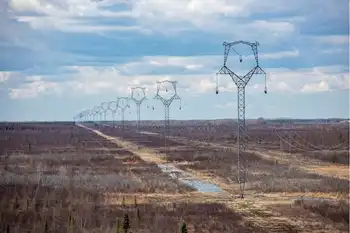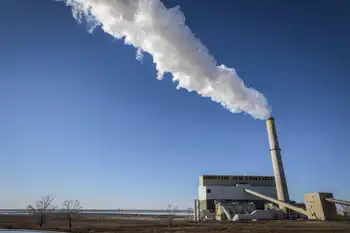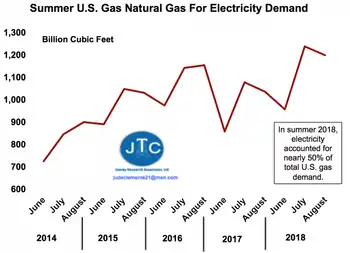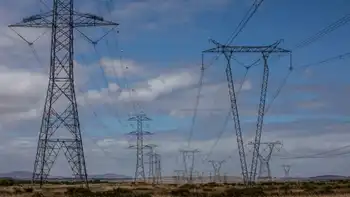U.S.-Canadian group plans to curb emissions
By New York Times
CSA Z462 Arc Flash Training - Electrical Safety Essentials
Our customized live online or in‑person group training can be delivered to your staff at your location.

- Live Online
- 6 hours Instructor-led
- Group Training Available
The draft of the proposal by the alliance, the Western Climate Initiative, is intended to achieve a 15 percent cut in greenhouse-gas emissions by 2020. It cuts emissions from industries across the economy and from transportation and housing; a plan being put into effect by 10 northeastern states covers only the electric utility industry.
But for all the breadth of the groupÂ’s plan, it also reflects the affected industriesÂ’ ability to win significant concessions to ease their entry into a new system, under which, for the first time, they must pay for emissions of heat-trapping gases, like carbon dioxide.
The draft plan, which will not take effect until 2012, sets a mandatory cap on greenhouse-gas emissions that would ratchet down year by year. The industries covered, like electric utilities or petroleum refiners, would be granted allowances and would have to use one allowance to cover every metric ton of heat-trapping gases they emit.
Gov. Arnold Schwarzenegger of California, a Republican, said in a statement, “We’re sending a strong message to our federal governments that states and provinces are moving forward in the absence of federal action, and we’re setting the stage for national programs that are just as aggressive.”
California, which passed its own groundbreaking legislation on combating climate change two years ago, is the largest of the states involved and one of the most experienced in broad-based regulation. The others in the alliance are Arizona, Montana, New Mexico, Oregon, Utah and Washington and the Canadian provinces of British Columbia, Manitoba, Ontario and Quebec.
The political, economic and geographic disparity among the partners has led to strains. Both houses of the Arizona State Legislature passed a measure earlier this year requiring legislative approval for state participation; the bill was vetoed by Gov. Janet Napolitano, a Democrat.
“It’s a very diverse group of states,” said Ned Farquhar, a climate-policy expert with the Albuquerque offices of the Natural Resources Defense Council, an environmental organization. “And it’s biting off a much bigger bite. Naturally there’s going to be a broader range of opinion inside the partners.”
Unlike the final plan of the northeastern states, the western plan, reflecting industry suggestions, requires that only 10 percent of the allowances to emit gases be sold at auction; the rest are given to individual industries. The allowances may be traded in a secondary market, which effectively sets a price for carbon-dioxide emissions.
A similar approach, tried in the first so-called cap-and-trade program in Europe, led to windfall profits for some industries.
The northeastern states are auctioning off more than 90 percent of their allowances; the first auction is set to take place on September 25.











